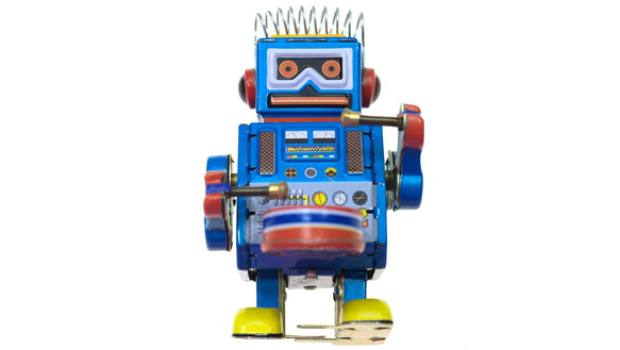According to euRobotics, by 2020 there could be 75,000 new qualified jobs at European manufacturers of industrial and service robots as well as 30,000 additional new high‐tech jobs in robotics and 140,000 new jobs in European service industries using a broad variety of service robots.
A more widespread use of robotics may at the same time lead to labour displacement and an extensive shift in patterns of employment, according to a study by euRobotics. Dangerous, mundane and undesirable jobs for example might be replaced by robots, it added.
But euRobotics has no figures on how many jobs could be lost due to the increase in use of robotics, said Uwe Haass , secretary general at euRobotics, who added that it is difficult to say how many jobs will disappear.
“It is a really mixed bag,” he said. Robots and humans will be working together in new jobs that couldn’t be done by humans alone, but robots won’t necessarily replace human labor all the time, he added.
However, people who for example harvest cucumbers could lose their job to a machine, said Haass. What the newly cucumber harvester displaced by a robot should do is something for society and politics to resolve, he said.
“This has happened for the last 500 years. Replacement of jobs is a situation that is not new, it has happened during industrialisation,” he said. “We all need to prepare our children. Our kids have to learn more and we should invest in education because that makes everybody more flexible.”
Loek Essers, IDG News Service






Subscribers 0
Fans 0
Followers 0
Followers